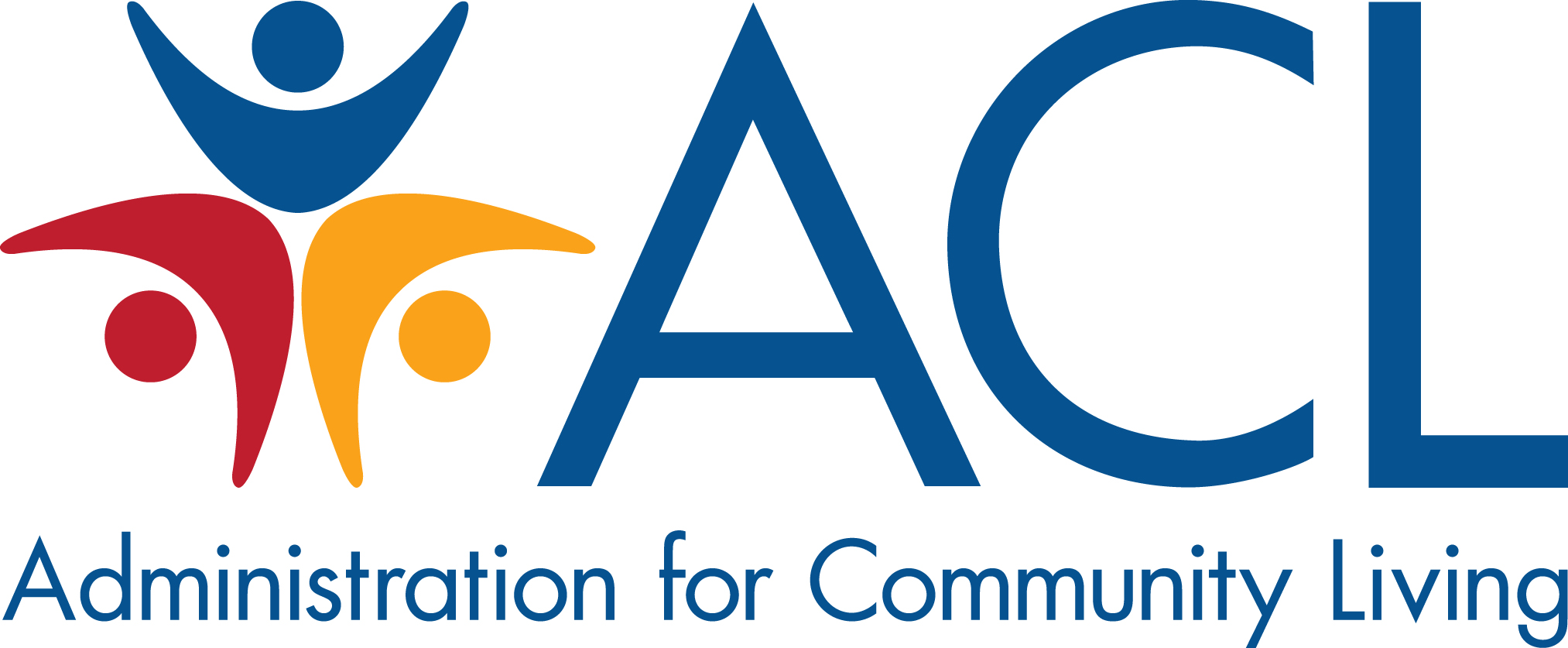- Home
- Announcements
August 25, 2025
The ARCH National Respite Network,through its ACL-funded grant to manage the Lifespan Respite Technical Assistance and Resource Center,has released new caregiver respite resources for lifespan respite grantees, partners, state and local agencies, and community and faith-based groups.
August 20, 2025
This webinar will explore how the third season of the innovative educational telenovela "Recuerdos Perdidos" (Lost Memories) is supporting Latino families and professionals in navigating late-stage dementia and end-of-life care. Participants will learn culturally responsive strategies for dementia education, how to lead group discussions using the facilitator guide, and ways to address common hospice misconceptions.
August 20, 2025
The event will bring together local, state, and national leaders from across sectors to grow the social connections of older adults and people with disabilities. Participants will gain insights into innovative programs, promising practices, and resources that promote social connection, as well as strategies and mechanisms to grow, replicate, and scale social connection programs nationwide.
August 14, 2025
In this webinar, participants will hear from a community-based organization that successfully leveraged funding from ACL to create and implement dementia programs that have continued beyond their federal grant period. Presenters will explain practical strategies for embedding dementia best practices into enduring, community-based care systems.
August 13, 2025
The Consumer Financial Protection Bureau (CFPB) Office for Older Americans is hosting a webinar featuring insights into cognitive capacity and how it relates to vulnerability to financial exploitation of older adults, as well as resources for people considering a financial caregiver for a loved one experiencing cognitive decline.
August 11, 2025
Eighteen teams will receive tailored support over the next year to advance solutions in recruitment, retention, well-being, and career advancement for the direct care workforce serving older adults and people with disabilities.
July 30, 2025
Applicants will propose a clear, detailed plan that includes innovative approaches to advance and strengthen their lifespan respite care systems. Grantees are expected to build on previous efforts to improve access, delivery, and quality of respite care; improve service delivery coordination; and build effective statewide collaborations and partnerships.
July 30, 2025
This funding opportunity is designed for applicants to propose how they will develop capacity for, deliver, and sustain evidence-based CDSME and support programs to improve the behavioral health of older adults and adults with disabilities through a statewide initiative.
July 29, 2025
This funding opportunity is designed for applicants to develop a statewide initiative that will build capacity to increase the number of older adults with behavioral health conditions that participate in Older Americans Act senior nutrition programs.
July 29, 2025
The intent of this funding opportunity is to support specific targeted partnerships and innovative strategies to reduce falls and falls risk among older adults and adults with disabilities using a person-centered approach.

